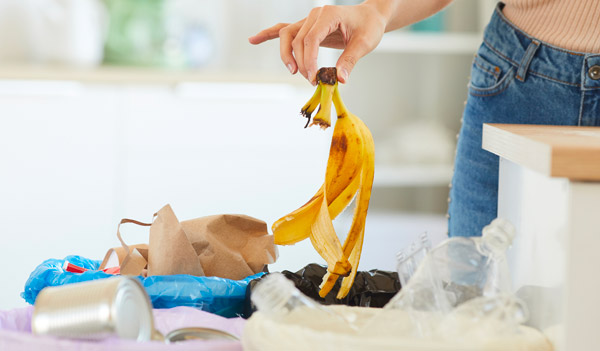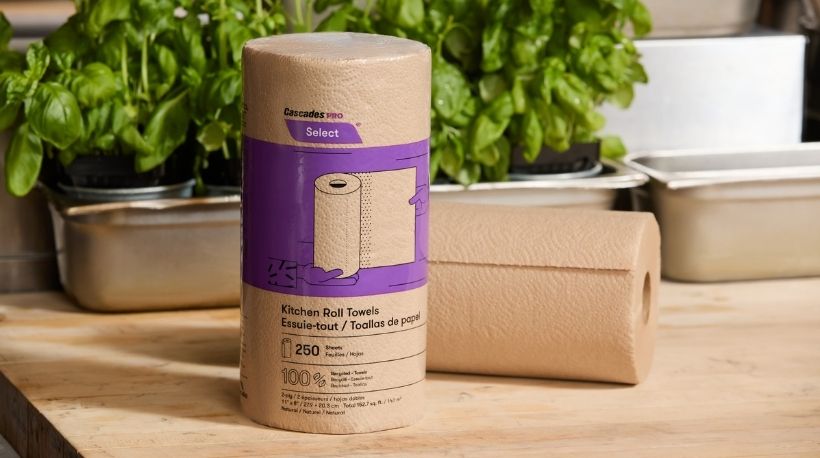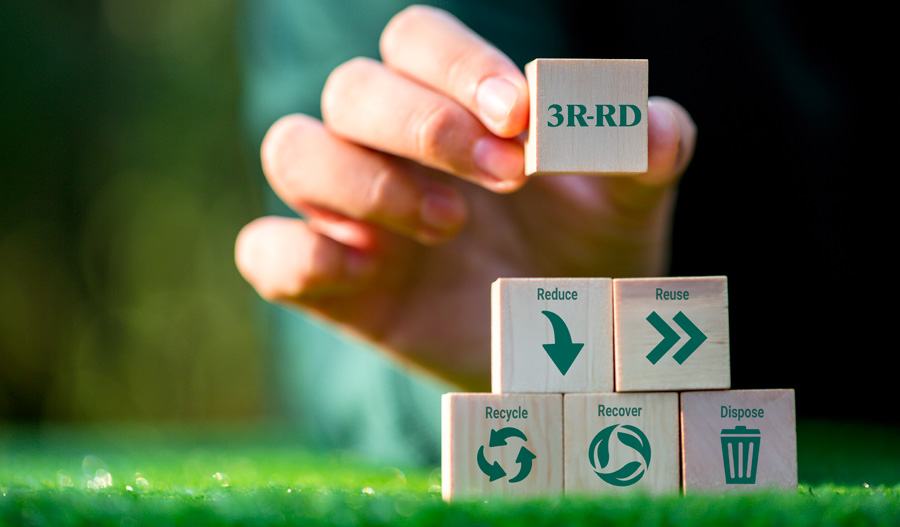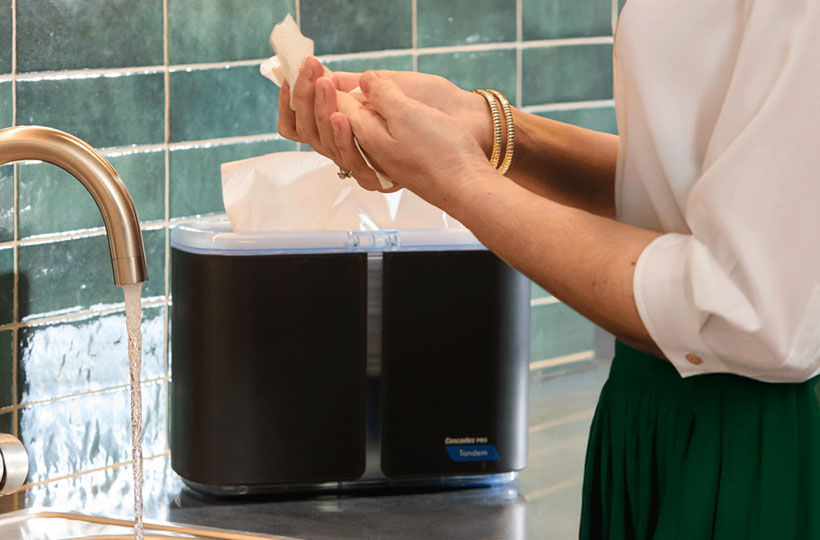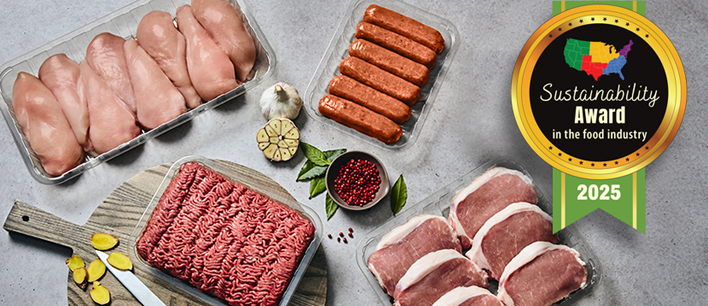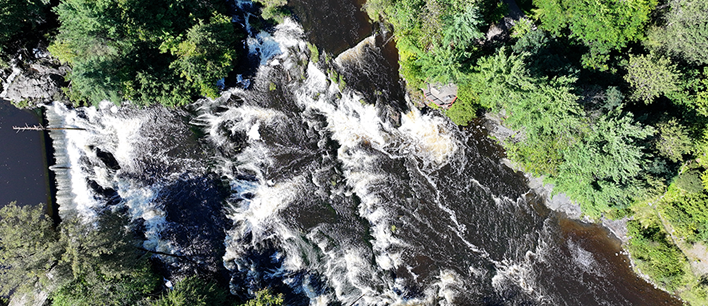Food waste: A race against time with no winner
Depending on their properties, packaging solutions can help preserve the integrity of food right up to the finish line.
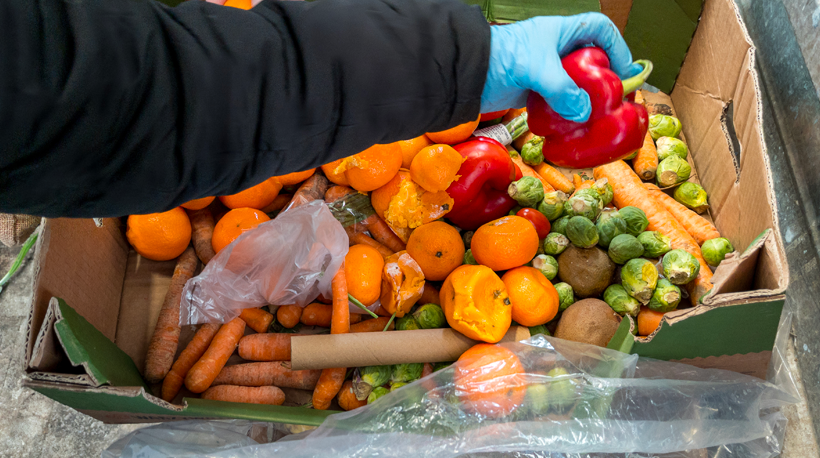
The food supply chain is like a race against time, where freshness is preserved in relays all the way to the consumer's table. This journey is accompanied by a risk of loss with serious consequences for both the environment and pocketbooks. Vegetable growers, processors, food packers and retailers, restaurants, grocery stores, consumers, the planet: there are no winners with food waste.
![]()
A protective function for healthy food
Safety is a constant concern in the food industry. Recalls of foods, meats or other items impact the physical and financial health of consumers and businesses. Eliminating the risks associated with contaminants and blocking dangerous pathogens helps prevent them.
To prevent premature spoilage, food must be protected from external contaminants, impacts, and damage and be kept in a beneficial environment at an appropriate temperature. These functions can be served by food packaging, provided a container adapted to the product is used. How do we achieve this?
An oxygen barrier that breathes new life
Modified atmosphere technology is one of the means used to prolong the conservation time of foods. "Barrier" packaging is specifically designed to prevent the exchange of air between the container and the outside. It's possible to slow down the aging of food products by replacing the air in the container with neutral or active gases.
The properties of a package can increase protein longetivity, for example, without the need for sterilization or the addition of artificial preservatives. In addition to the bad reputation they sometimes have, preservatives must be included in a list of ingredients, which is not usually found on fresh meat.
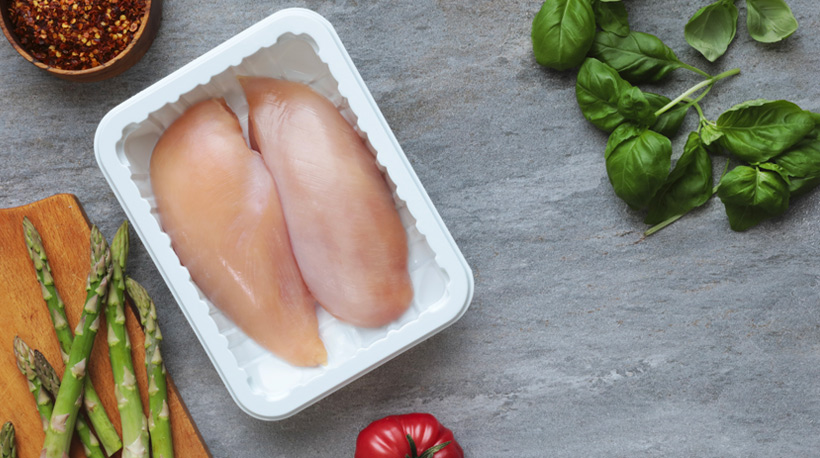
Modified atmosphere packaging is particularly effective for products rich in bacteria or fat, such as oils, meats and poultry. Replacing the ambient air (which contains oxygen) with nitrogen (a neutral gas) slows the growth of aerobic bacteria and prevents food from going rancid by reducing its contact with oxygen. Adding other gases such as carbon dioxide, which has a bactericidal effect, can also be a wise choice for some products. This process is used in some packaging to extend the shelf life of fresh proteins by trapping the beneficial gases in the package and preventing the ambient air from entering.
Temperature control: preserving the right balance
Each food has its ideal preservation temperature. The differences between this temperature and the ones it actually experiences impact its shelf life. For example, the number of bacteria can double in twenty minutes for certain meats and poultry left at room temperature1. Optimal temperature management can help reduce food loss through good control of the cold chain.
1 EFSA
Home delivery of food poses a particular challenge: preserving freshness right to the consumer's door in sometimes extreme weather conditions. Innovative insulation technologies enable meal boxes to maintain an ideal temperature for hours.
Making an informed choice
The materials used to manufacture a package also impact its preservation function. Various factors can guide this choice, including the food's recommended storage temperature, the relative humidity of the contents, and how the food reacts to light exposure.
Polyethylene terephthalate (PETE) is the plastic widely used to make water bottles. Its barrier properties, rigidity and recyclability potential make it an interesting material for food packaging eco-design.
Integrating recycled PETE into food trays also helps improve the packaging's environmental indicators.
Cardboard packaging can also be a good choice for certain foods
When covered with a suitable coating solution, cardboard can resist moisture and leaks while remaining recyclable. With this coating, it can be used for many applications and replace other materials that are more difficult to recycle. Bins, boxes baskets, trays—cardboard takes different forms depending on the products it carries and the customers' needs.
Carefully select and test solutions
Across Québec, Canada and the United States, the figures related to food waste are food for thought. According to the UN Environment Program’s 2024 annual report, food waste accounts for 8% to 10% of global greenhouse gas emissions and costs the global economy an estimated $1 trillion USD. Among other solutions, packaging is an ally in this battle when it is designed for the food it carries.
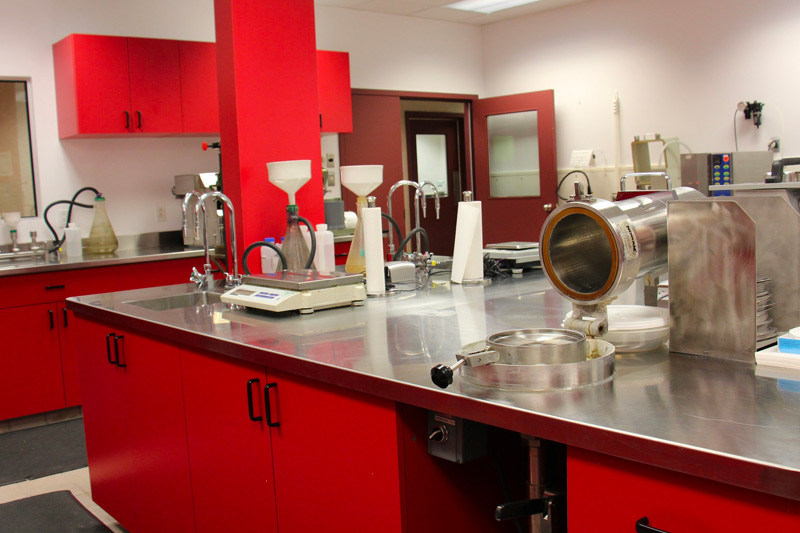
Laboratory tests can also guide the selection of optimal materials and technologies. By reproducing the anticipated environmental conditions for the product, such as extreme heat, it is possible to identify avenues for improvement until an ideal prototype is obtained.

Subject matter experts
Cascades relies on a team of research and development experts, as well as its innovation team, designers, and various technical groups, to develop efficient food packaging designed to minimize environmental impacts. We work with our customers to create and test innovative solutions that preserve the freshness of their food and protect the environment.

